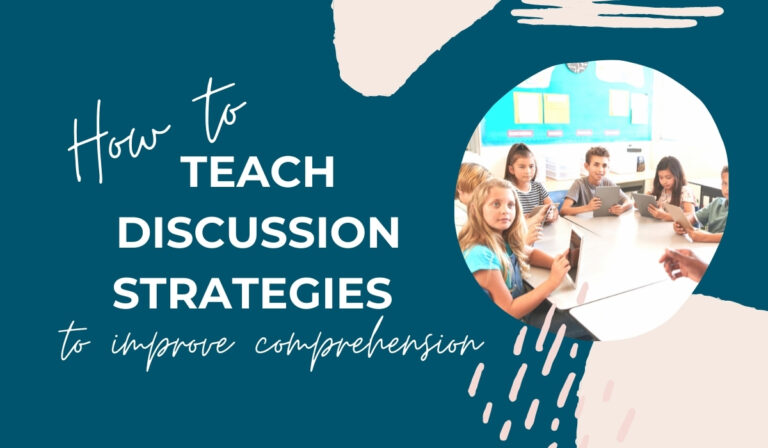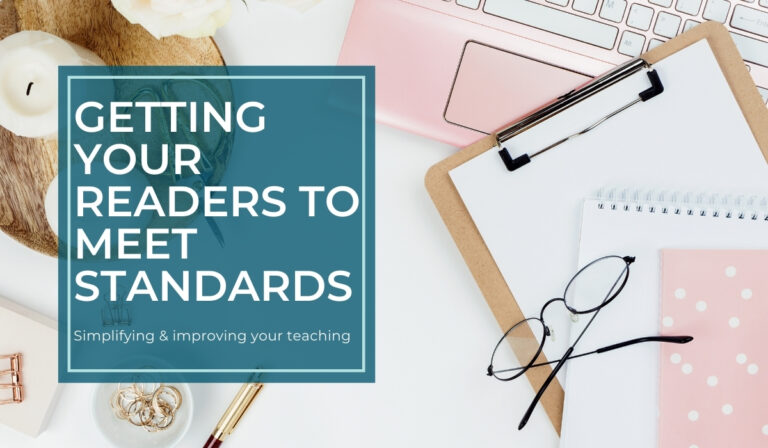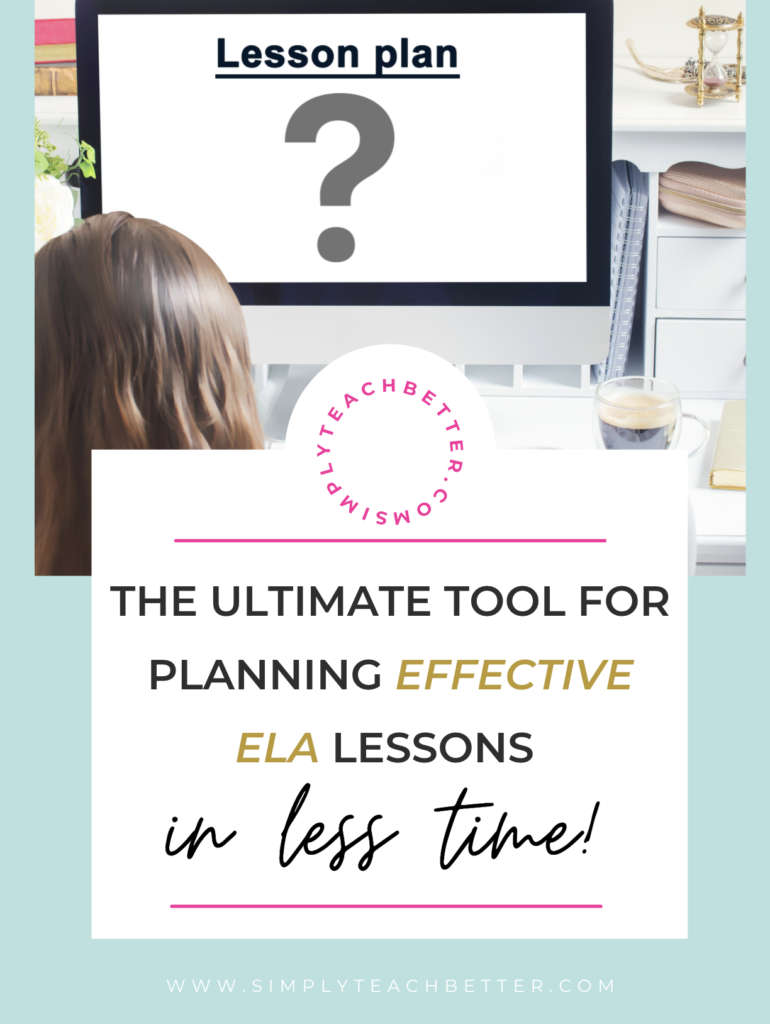Teaching Summarizing
Teaching summarizing strategies can be one of those reading comprehension strategies you dread to teach. Where do you start? Teach main idea? Teach how to summarize a sentence? A paragraph? A page? Whole book?
First of all, let’s chat briefly about the why. Of course, it’s a necessary comprehension strategy that readers need to use to make meaning as they read. They need to be able to take information from the text and retell the main events and ideas in their own words.
Most students get stuck summarizing ineffectively because they don’t know what should be included as they summarize. Below I will teach you the 3 parts you MUST include when teaching summarizing in order to avoid this.
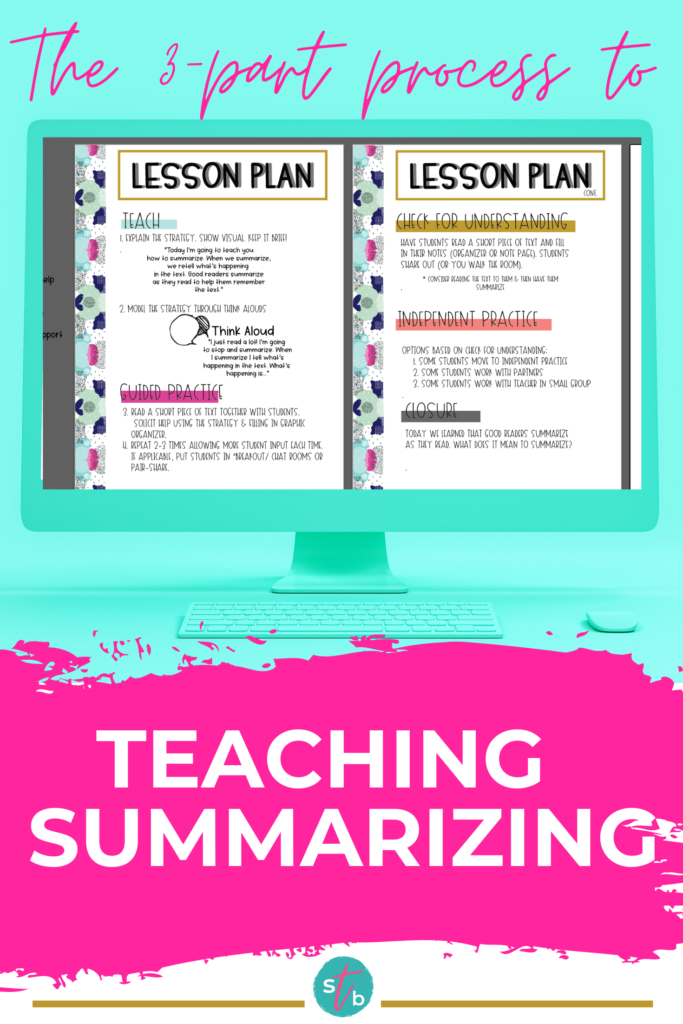
1. Summarizing Strategies
When teaching summarizing, use direct instruction and keep the teacher modeling portion brief! Model thinking aloud to demonstrate how you determine when and what to summarize. Using a think aloud helps the student to “hear” what goes on inside a proficient reader’s mind as they summarize.
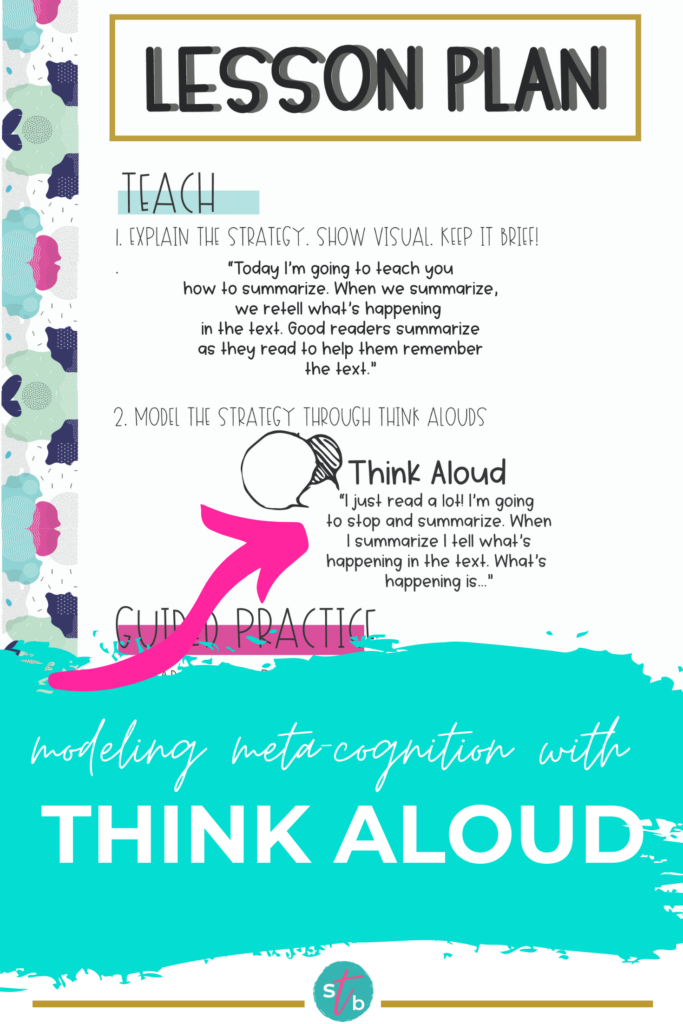
Also, you will want to use an authentic text to model the summarizing strategy. This means a text that lends itself to the strategy and is not too easy for the student. Yep, I said not too easy. Sometimes teachers use an easy or lower level text to teach the comprehension strategy thinking that will be easier for the student to grasp. However, when we do this, we take away the need for authentic use of the strategy. Always use a text that allows the student to practice summarizing in a way that leads to greater comprehension.
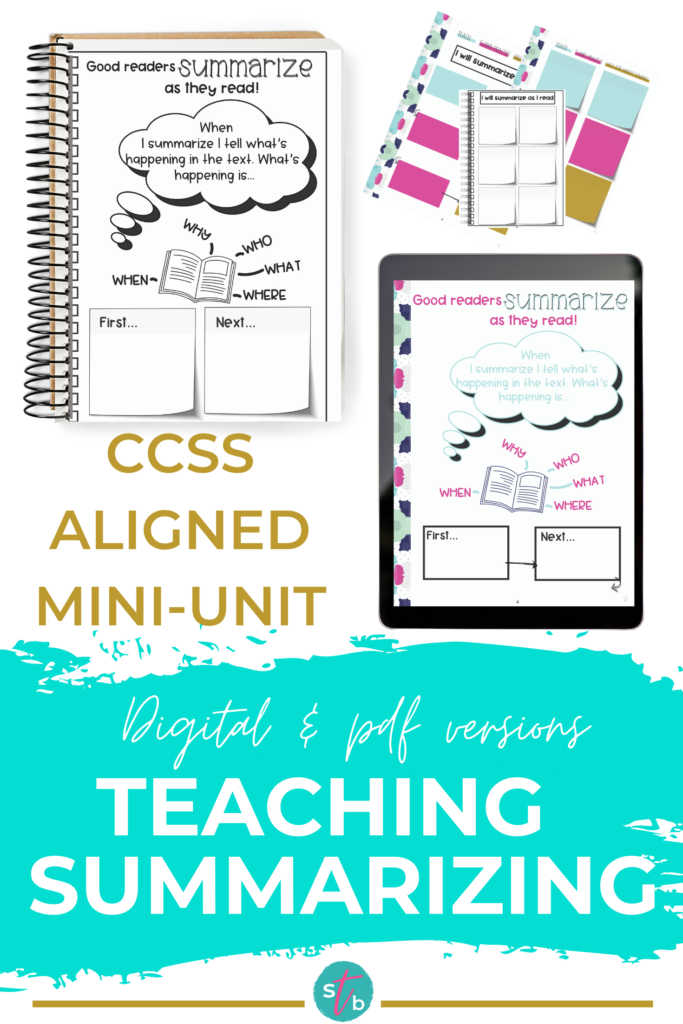
2. Summarizing Anchor Chart
When teaching summarizing strategies, use an anchor chart to visually model the strategy. An anchor chart draws readers’ attention to the important teaching points and allows them to refer back to them as needed. It helps students take responsibility for their learning and aids independence when you keep the chart accessible.
Now, I know a lot of us are in the midst of distance learning, so consider using a digital anchor chart. This can be done simply in Google Slides or Docs and hosted in your virtual classroom or website. Even better, make a digital reading journal for your readers that includes anchor charts! That way they have independent access to them whenever they need them! And you, as the teacher, can pop into the shared slideshow/journal and see how they’re doing. Hello formative-assessment-from-a-distance!
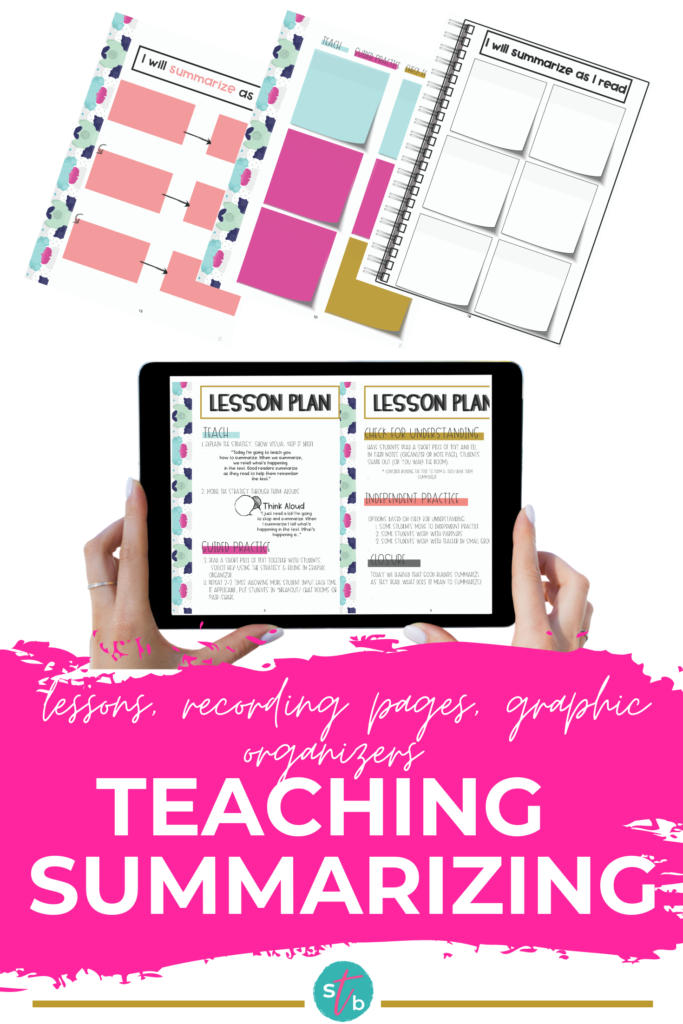
3. Summarizing Graphic Organizer
Similar to anchor charts, graphic organizers will be your best friend when teaching summarizing strategies! The two types that work really well for summarizing are flow maps and/or the use of sticky notes.
Flow maps assist the reader with organizing the information from the text in order. You can use them to scaffold by having the reader first summarize a page at a time. So you would use 1 box for each page. As the reader gains confidence in summarizing, you might use 1 box for every 2 pages and so on.
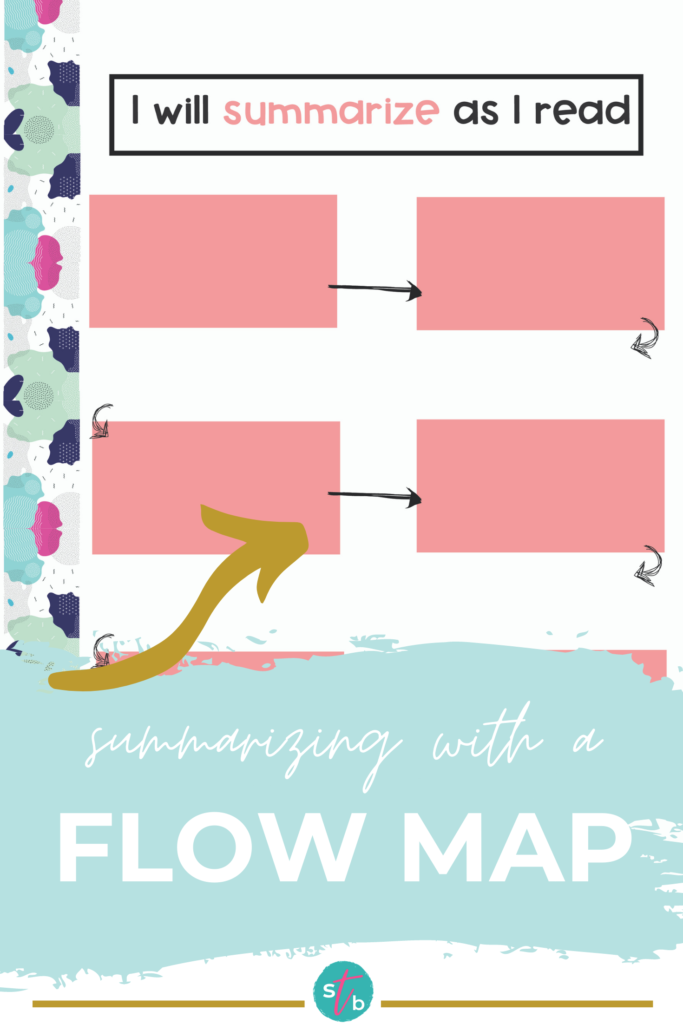
Similar, to a flow map, my love for sticky notes knows no bounds! Students love them, too and usually they are a great engagement tool. Instead of a box on a flow map, use 1 sticky note to summarize 1 page. Then gradually increase the length of text as you would when using the flow map.
Students keep track of their summarizing sticky notes by placing them on a notebook or recording page. Digital sticky notes placed in digital notebooks would work, too!
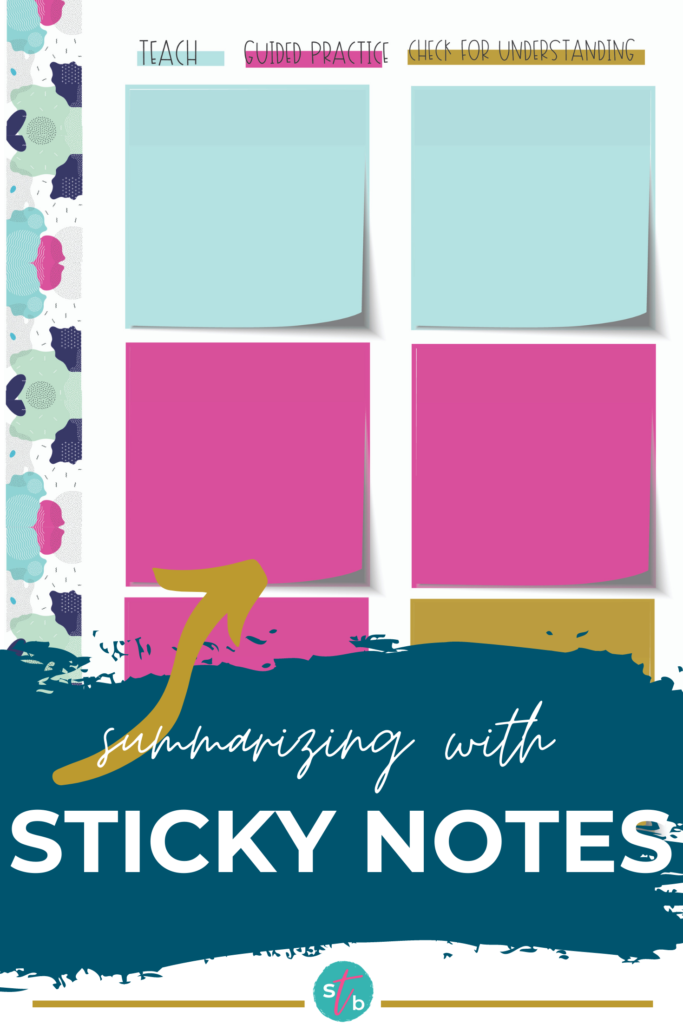
Summarizing- Putting it all together
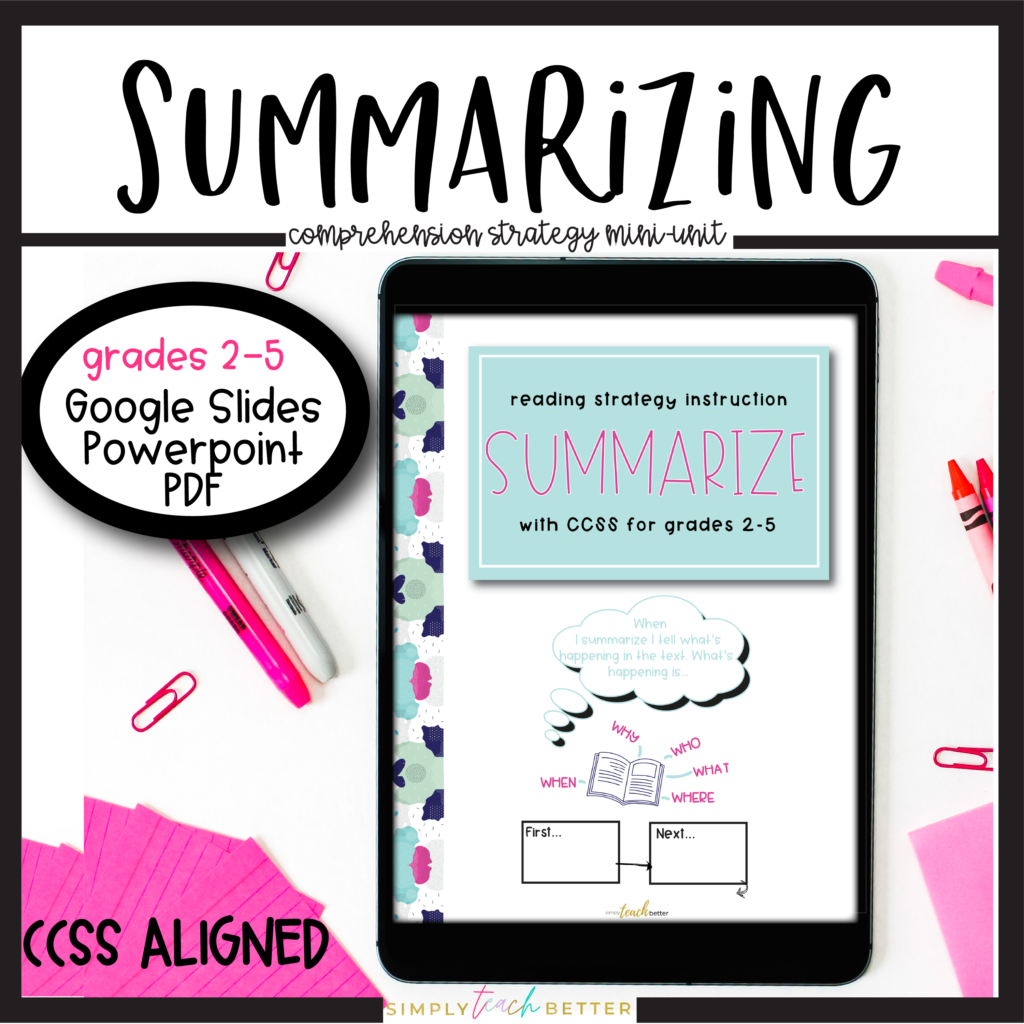
Teaching summarizing is so much easier when you have a unit all done and ready to go. Even better when you can use it for both in-person or distance learning! I created this unit using the 3-part process discussed above. It’s easy to implement, aligned to CCSS standards, and basically scripted for you!
Looking for more than just summarizing? Check out this growing bundle of reading comprehension strategies.
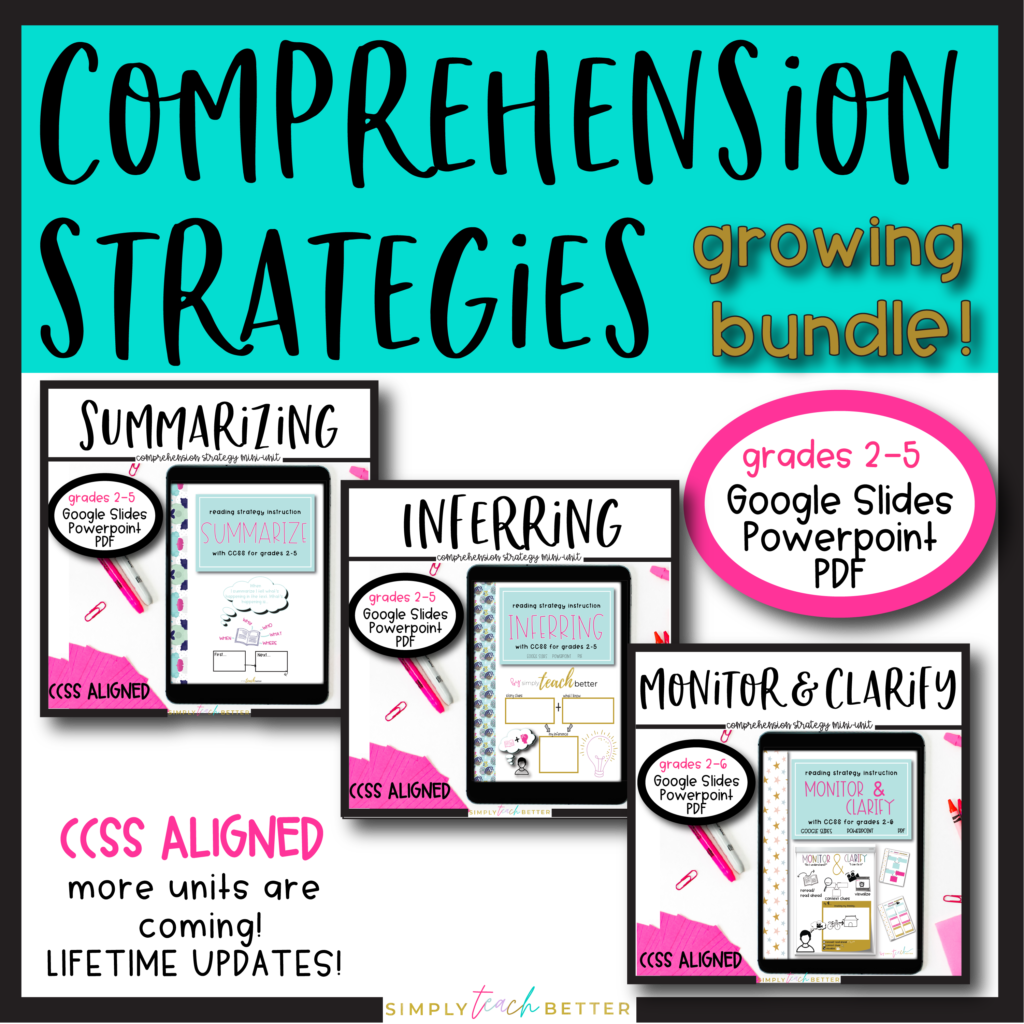
Want to know more about how to improve comprehension? Check out this post.
Happy summarizing everyone!



